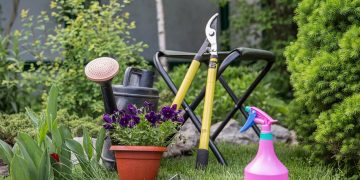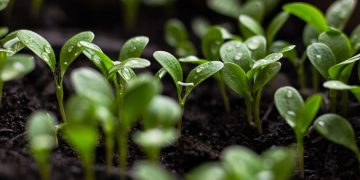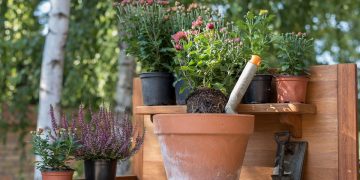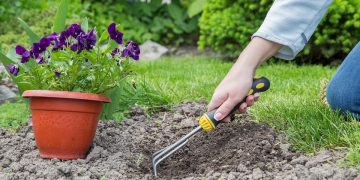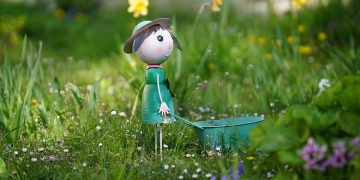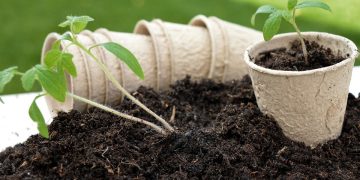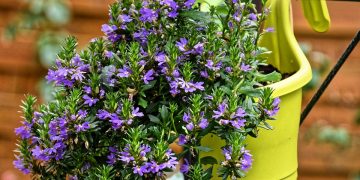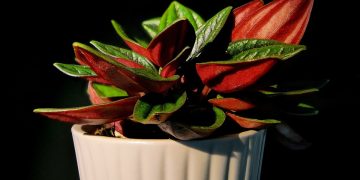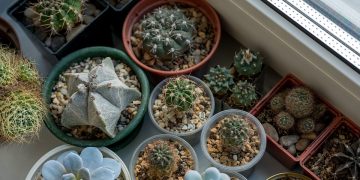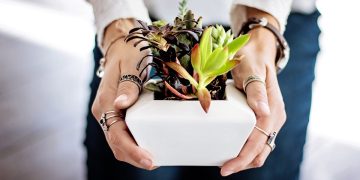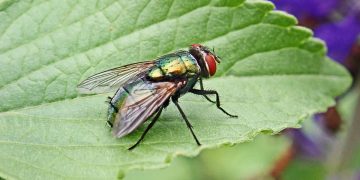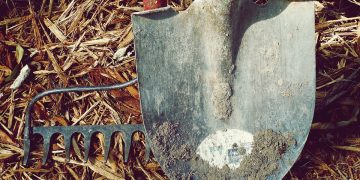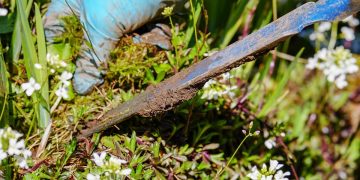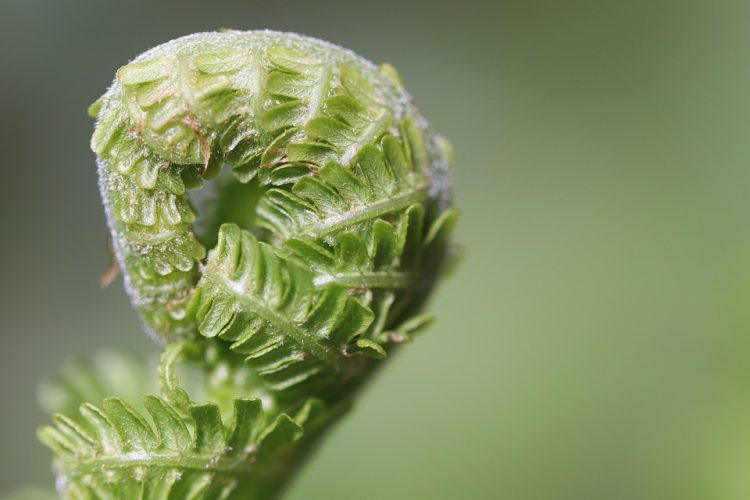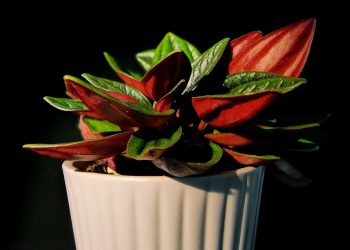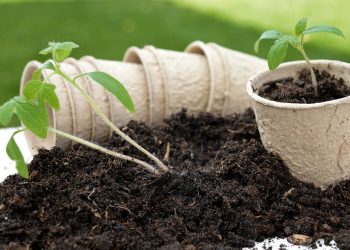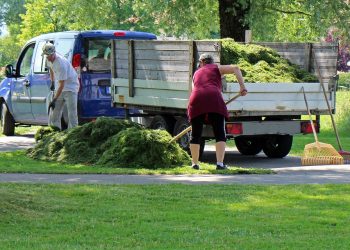Green Thumb Secrets: Essential Plant Maintenance Tips for Thriving Gardens
Having a green thumb is not just about luck – it’s about knowing the right plant maintenance tips to keep your garden looking lush and thriving. Whether you’re a seasoned gardener or a beginner, these essential tips will help you take your gardening skills to the next level.
1. Watering
Proper watering is essential for plant health. Most plants need about an inch of water per week, but this can vary depending on the type of plant and the weather conditions. It’s important to water deeply and infrequently to encourage deep root growth. Make sure to water in the morning to prevent evaporation and reduce the risk of fungal diseases.
2. Soil Health
Healthy soil is the foundation of a thriving garden. Make sure to test your soil regularly to check for pH levels and nutrient deficiencies. Adding organic matter like compost or mulch can improve soil structure and fertility. Avoid compacting the soil by walking on it, and use raised beds or containers if your soil is poor quality.
3. Fertilizing
Plants need nutrients to grow, and fertilizing is a great way to provide them with the essential nutrients they need. There are many types of fertilizers available, including organic and synthetic options. Make sure to follow the instructions on the label and avoid over-fertilizing, which can harm your plants.
4. Pruning
Pruning is essential for maintaining the health and shape of your plants. Regular pruning can help improve air circulation, prevent disease, and encourage new growth. Make sure to use sharp, clean tools and prune at the right time of year for each plant species.
5. Pest Control
Pests can wreak havoc on your garden if left unchecked. Keep an eye out for common pests like aphids, mealybugs, and spider mites, and take action as soon as you spot them. There are many natural and organic pest control methods available, such as neem oil, diatomaceous earth, and companion planting.
6. Weed Control
Weeds can compete with your plants for water, nutrients, and sunlight. Regular weeding is essential for maintaining a healthy garden. Mulching can help suppress weeds and retain moisture in the soil. Make sure to pull weeds when they are young to prevent them from spreading.
7. Sunlight
Most plants need sunlight to thrive. Make sure to place your plants in a location where they can get the right amount of sunlight for their specific needs. Some plants prefer full sun, while others thrive in partial shade. Monitor the sunlight in your garden throughout the day to ensure your plants are getting enough light.
8. Temperature and Humidity
Plants have specific temperature and humidity requirements. Make sure to choose plants that are well-suited to your climate and microclimate. Monitor the temperature and humidity levels in your garden and make adjustments as needed. Consider using a greenhouse or cold frame to extend your growing season.
9. Seasonal Care
Each season brings different challenges and opportunities for your garden. Make sure to adjust your care routine based on the time of year. In the spring, focus on planting and fertilizing. In the summer, focus on watering and pest control. In the fall, focus on pruning and preparing for winter. In the winter, focus on protecting your plants from cold temperatures and frost.
10. Patience and Persistence
Gardening requires patience and persistence. Not every plant will thrive, and setbacks are inevitable. Learn from your mistakes, keep experimenting, and don’t give up. With time and effort, you can develop a green thumb and create a thriving garden that brings you joy and satisfaction.
Conclusion
By following these essential plant maintenance tips, you can cultivate a thriving garden that will bring you joy and satisfaction for years to come. Remember to water deeply and infrequently, improve your soil health, fertilize wisely, prune regularly, control pests and weeds, provide the right amount of sunlight, monitor temperature and humidity, adjust your care routine based on the season, and be patient and persistent. With these tips in mind, you’ll be well on your way to becoming a master gardener with a green thumb.
Now, go out there and start tending to your garden with confidence and skill. Your plants will thank you for it!



